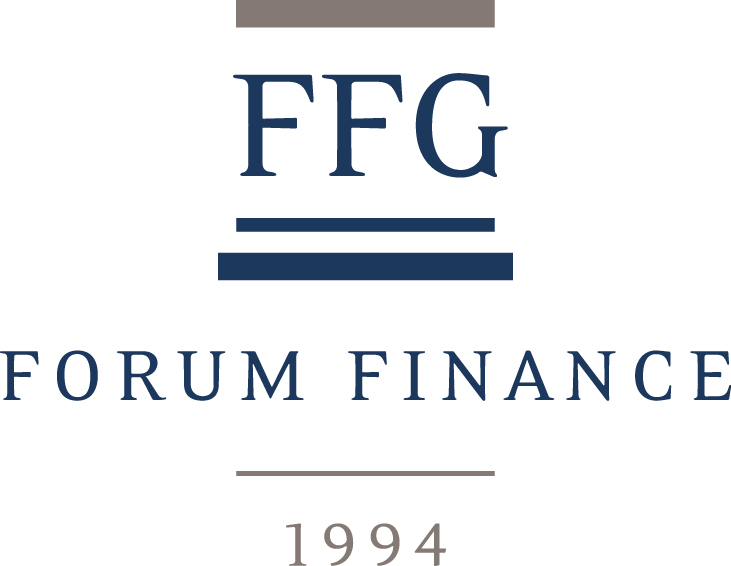Newsletter | February 2022
A HAWKISH FED SENDS GROWTH STOCKS TUMBLING
– 9% THE JANUARY DROP OF THE NASDAQ COMPOSITE INDEX
Investment perspective
Financial markets have got off to a very volatile start in 2022 largely due to the increasingly hawkish tone of the Federal Reserve, but also in view of a lack of visibility on several key issues. The US equity markets underperformed as growth stocks were badly hit by the prospect of rising interest rates. European and UK equities proved more resilient as they benefited from a rotation into value stocks, more highly represented in their indices. Significant rises of bond yields were also observed with short-term US ones the most impacted by the anticipation of a higher number of interest rate rate hikes; 2-year Treasury yields thus rose from 0.73% to 1.16%. Even if Eurozone yields also increased, the widening of the interest rate differential between Treasuries and Bunds underpinned the US dollar. Finally, the commodity complex appreciated strongly, with the biggest moves recorded by energy and industrial metals.
The most likely path of the Federal Reserve’s monetary policy has been reassessed continuously by investors since the beginning of the year. The hawkish pivot of the central bank in December moved to a new level, making markets very choppy on concerns that the Fed mighty tighten policy even more than expected. The mention in January of an upcomig reduction of the Fed’s balance sheet took investors by surprise, and a first rate hike in March now appears as a done deal. The following steps are less predictable even though markets are now pricing in five hikes in 2022 compared to three at the beginning of the year. Notwithstanding the prospect of higher interest rates, investors remain confused by the level of uncertainty that the central bank, and Powell in particular, is predicting. Added to the uncertainy over inflation, supply chains, the pandemic and the situation on the Ukrainian border, it is not surprising that markets were badly shaken during the past month.
Investment strategy
Following a solid end to 2021 for financial markets, January has provided a stark reminder of how quickly conditions can change. The speed at which the Federal Reserve is looking to normalize its monetary policy is destabilizing the markets and it will likely take some time for an equilibrium to be found. Our base case scenario still favours equities as being the main drivers of portfolio performance, and we are prepared to tolerate higher volatility in the near term in view of our longer-term outlook. Economic growth should remain above its long-term potential and corporate earnings are expected to grow further, even if at a slower pace. From a historical perspective, the beginning of a tightening cycle by the Fed has not prevented positive equity returns as long as the rise of rates is gradual, and a recession is not in sight.
Markets are likely to be much more challenged in the year ahead. Less supportive monetary policies, a decelerating trend of earnings growth, elevated economic and pandemic-related uncertainties are the main headwinds they will have to face. These factors largely explain why we anticipate more moderate portfolio returns in 2022.
MARKETS TO REMAIN VOLATILE AS ELEVATED UNCERTAINTY UNLIKELY TO DISSIPATE SOON
Portfolio Activity/ News
January was a disappointing month for the portfolios. With both bond and equity markets dropping simultaneously, the majority of funds detracted from the performance, as to be expected. US Small Caps, the Multi-thematic fund, European Small Caps, the global technology fund and one of the Japanese funds were the main detractors. On the positive side, some positive contributions were provided by the European Value fund, long/short equities and the UK Value fund. For non-USD denominated portfolios, the appreciation of the dollar was also a positive contributor. In the alternative space, the long/short credit funds and the Event-Driven strategy had limited drawdowns, whereas the CTA and Global Macro strategies fared less well. The selection of active managers is at the core of our invest-ment approach, with the objective of generating significant alpha relative to benchmarks over the long term. There will be periods when we must accept some underperformance relative to a more passive approach. We are currently going through such a period and will be looking for our active funds to catch up their gap and re-establish their long-lasting track-record.
Download the Newsletter
